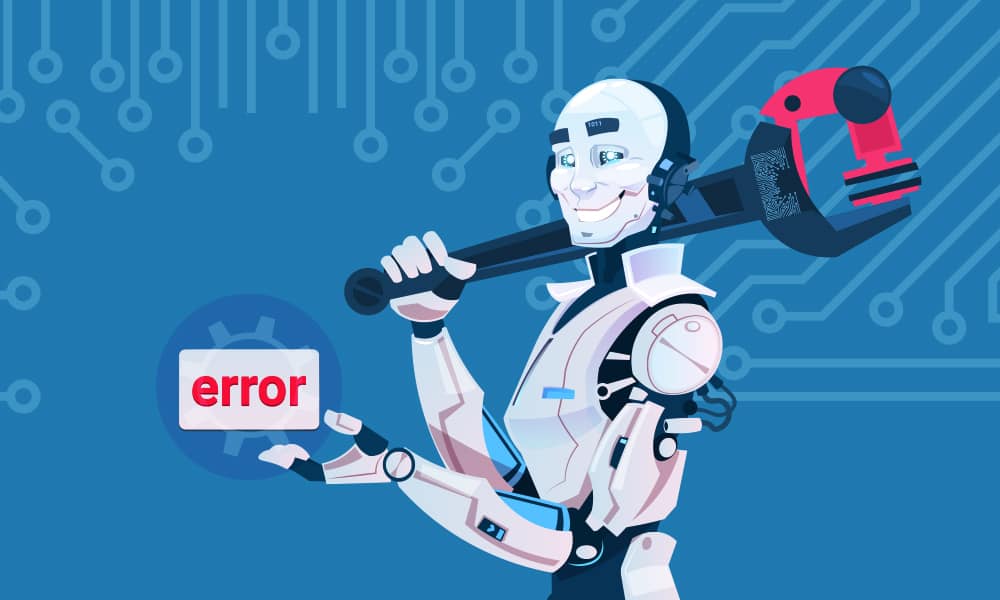Various companies across a broad spectrum of industries are quickly adopting artificial intelligence to improve their operations and find solutions to their business needs. The importance and benefit of the technology are apparent, so the critical question becomes how to find the right way to adopt AI solutions. However, without reliable AI training data at hand, automating and optimizing a superior user experience is easier said than done.
AI and machine learning algorithms thrive on data. They learn by developing relationships, making and evaluating decisions, and processing information from the fed training data.
Training data is the resource developers and engineers need to design practical machine learning algorithms. The training dataset that you use will have a direct impact on the outcome of the project. However, relevant datasets that suit your project aren’t always available. Businesses have to rely on third-party vendors or data collection companies to help them with relevant data sets.
Selecting the right data vendor for your AI training data is as important as picking the suitable dataset for your specific project. Pick the wrong vendor, and you could be looking at an inaccurate project outcome, extended launch times, and a significant loss in revenue.
Training Data Buying Decision – Factors You Should Consider

Training data forms the primary portion of the dataset, accounting for about 50-60% of the data needed for the model. Below are some of the factors you should consider before choosing a data vendor and signing on the dotted line.
Price:
Price is a substantial decision driver, although you don’t want to make your decision based solely on price point. AI data collection involves many expenses, from paying the vendor, data preparation, optimizing expenses, operational costs, and more. Therefore, you have to factor in all expenditures that could occur during the project’s lifecycle.
Quality of Data:
Quality data trumps cost competitiveness when it comes to selecting a data vendor. Data that is too high in quality doesn’t exist. Superior and accessible data will improve your machine learning models. Choose a platform that makes data transformation and acquisition integrate seamlessly into your workflow.
Data Diversity:
The training data you choose should be a balanced representation of all use cases and needs. In a large dataset, it is impossible to prevent biases completely. However, to achieve the best results, you have to limit data bias in your models. Data diversity holds the key to achieving accurate predictions and performance from the model. For example, an AI model trained using 100 transactions will pale in comparison to a model based on 10,000 transactions.
Legal Compliance:
Experienced third-party vendors are best suited to deal with compliance and security hassles. These tasks are tiresome and time-consuming. In addition, the legalities require the utmost attention and the experience of a trained expert. Therefore, the first step in choosing a data vendor is making sure they are procuring data from legally authorized sources with the appropriate permissions.
Specific Use Case:
The use case and the project’s outcome will dictate the type of data sets you will require. For example, if the model you are trying to build is incredibly complex, it will oblige extensive and diverse datasets.
De-Identified Data:
Data de-identification helps you stay away from legal troubles, particularly if you are seeking healthcare-related datasets. You should make sure that the datasets you are training your AI models on are entirely de-identified. In addition, your vendor should procure scrubbed data from multiple sources so that even if you combine two datasets, the possibilities of linking them to an individual are limited.
Adaptable and Scalable:
At this stage of the selection process, make sure to focus on datasets that can cater to your future needs. The datasets should allow for upgrades in the system and improvements to the process. In addition, you should anticipate future needs in terms of volume and capabilities. Finally, ask yourself the following questions before making your final decision:
- Do you have an in-house data collection process in place?
- Does the vendor provide a variety of models?
- Is data customization available?
Wrapping up
Choosing a vendor to procure your training data isn’t an easy decision; your choice will result in long-term consequences. The parameters we’ve discussed provide an excellent guide on how you should approach searching for a vendor. Remember to always compare and calculate the training data acquisition costs with the future returns.
Finding a vendor with experience and expertise in data collection and preparation is a tedious and time-consuming task. It is not practical to compare each vendor on all the critical factors from a business perspective. From data diversity to scalability, operators don’t have the time to search for a vendor properly. Make it simpler with Shaip. We have diverse, superior-quality data that is compliant with industry standards. Connect with us today to talk more about your specific needs.







